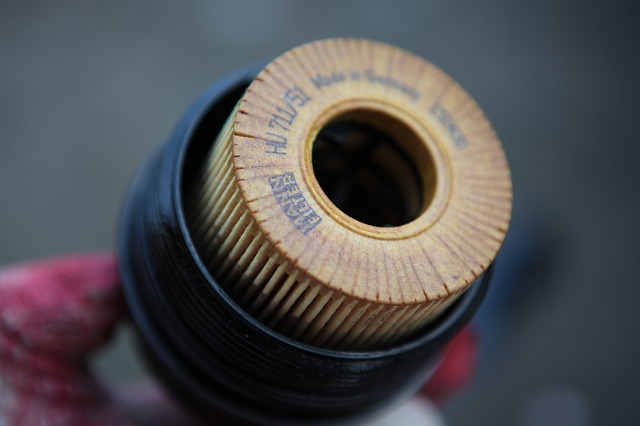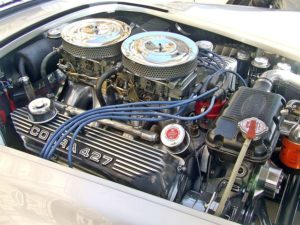
What to do when your car is washed away or suddenly surrounded by water? Forty million motorists give some tips for getting out of this bad situation.
What to Do in a Flood When You’re in a Car?
Ten Things to Do
Check that you have the phone charged before you leave, or equip yourself with a power bank. Bring with you a torch and a breaker hammer with a belt cutter: they can be vital, in the event of a sudden and unpredictable wave of water, to exit the vehicle. Also, good advice is to bring water and a couple of energy bars in case you need to stop. Better to get home late than not to get there.
Keep the car radio tuned to traffic information (preferably local) and not too loud: any external alarm sirens must be audible.
Moderate speed: strong accumulations of water can easily cause aquaplaning, and beware of sudden puddles: they can hide holes and damage in the asphalt, with the risk of damaging the vehicle and driving safety.
If a layer of water covers the roadway, and increases, stop driving and find a haven for yourself. Attention also to rivulets, frequent on sloping roads, as they can cause you to lose grip suddenly.
Beware of bridges over rivers, when there is a risk of flooding: if the water level is high and touches the arches, the risk of a wave is too high. Although city bridges are often closed, in such cases, monitoring those outside the city and in the countryside is much more complicated. Don’t take a risk like this and rather go back, moving away from the dangerous area.

The underpasses are absolute to avoid: they can flood in a few seconds, suddenly, and they can hide a much higher water level than it seems at first sight if this is already present in accumulation.
If you are going through a “ford” (something that should already be avoided, anyway) and you have to stop the engine, do not try to turn it back on: water could creep into the system, damaging it heavily. Consider seriously the option to call for help or leave the vehicle.
If the water level rises around the stationary vehicle, unlock the doors and open the windows, trying to avoid blockages in the electrical system, to avoid being locked in the vehicle.
Few centimeters of water with high energy flow can cause a person to fall to the ground. Consider this, when you move away from the car, and move carefully and possibly clinging and leaning on stable objects: no to bins or other cars, but yes to poles and posts.
Prevent damage: do not park on bridges, along embankments, or in flood areas, below street level or under trees. And if you have not had time to move the car, there is no need to take risks and do it at the last moment.
If you suspect your car may not have all the safety systems in place, or you want to do a complete check-up before and after risky situations, remember that the most professional facilities are at your disposal.
